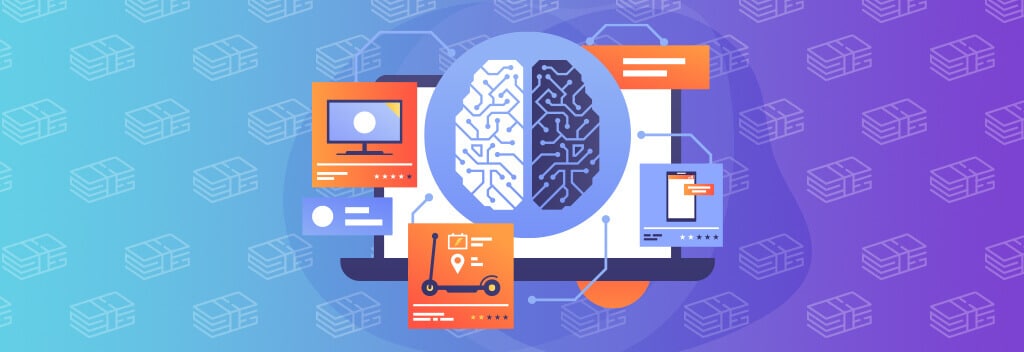As B2B marketers, we are fascinated by all the trends, preferences, challenges, and needs that go into making purchasing decisions. Today, we are going to take a closer look at neuromarketing – what it is, why it’s valuable, and how this impacts B2B companies.
What Is Neuromarketing?
Neuromarketing is also known as consumer neuroscience. It studies the brain to predict and potentially manipulate consumers’ behavior and decision-making activities.
When we break it down further, it is the “measurement of physiological and neural signals which can help marketers gain insight into customers’ motivations, preferences and decisions.” These insights can then be used by companies to influence their advertising strategies, product development plans, pricing scales, and more.
Why Is Neuromarketing Valuable?
Neuromarketing often requires a significant investment of resources and budget to get relevant, actionable insights. While it can take a significant investment, it often provides highly accurate results, more so than other forms of consumer research.
When people take part in research studies, they often aren’t completely honest – particularly in survey responses or group interviews. However, neuromarketing uses brain scanning to measure neural activity and physiological tracking to discover more about people’s motivations, preferences, and decision-making. As they are physiological reactions, not conscious reactions, people can’t change their answers or try to be agreeable to what they believe is the intent of the researchers.
Common tools used in neuromarketing are eye-tracking and facial coding. Eye-tracking is a way of measuring the attention of the person being studied by noting their eye fixation points and when the pupils dilate. Facial-expression coding follows the movement of facial muscles, even minor movement, to gauge the subject’s emotional response to the materials.
Examples of Neuromarketing
We’ve discussed the theory and the methods for measuring, now we’ll take a look at real-life examples of neuromarketing at work for brands.
Effective Packaging
For product-focused brands, packaging can make or break the success of a product’s sales figures. Brands like Campbell’s and Frito-Lay have used neuroimaging to reimagine their packaging and boost sales. In these situations, potential customers are shown various types of packaging, and marketers record responses on the color, text, and imagery on the product packaging. In a recent study, a brand was able to determine that customers had a negative response to shiny packaging – so they discontinued using any shiny packaging in their product marketing.
Decision Paralysis
As marketers, we like to have options and we assume that by providing more options to our target market, we’ll be able to attract a larger audience. This isn’t always the case, as demonstrated by recent neuromarketing research. In fact, a study by Columbia University revealed that too many choices may actually be a deterrent for customers and they don’t end up purchasing any of the options available.
The Need for Speed
Another example of insights gleaned from neuromarketing research is that speed and efficiency may be what customers really need, rather than security. PayPal discovered this by conducting a study comparing the reactions of consumers to convenience vs security. In the study, the promise of convenience activated the brain more than security – demonstrating that convenience was a bigger part of the decision-making process.
If we apply these findings to B2B website design, the science is telling us to make forms short. It’s more convenient to fill out a quick form than to have to provide a lot of data in a form.
Who’s Using Neuromarketing?
A lot of companies are already using neuromarketing to inform their overall marketing strategies and product marketing. A few brands using neuromarketing are:
- NBC
- Time Warner
- Microsoft
B2B Web Design + Neuromarketing
B2B web design is a great spot to apply neuromarketing and we are excited to see how it impacts the future of design for online engagement. We believe that neuromarketing will be a significant resource to increase conversion rates and the percentage of visitors who take action. The insights gained via neuromarketing can be used to avoid cognitive biases in the design and content of the website creation while making interactions with the website more enjoyable.
Ready to discuss your next B2B web design project? Contact us to set up a chat today.
Sources:
https://hbr.org/2019/01/neuromarketing-what-you-need-to-know
https://imotions.com/blog/neuromarketing-examples/
https://www.frontiersin.org/articles/10.3389/fpsyg.2020.01787/full
https://www.the-future-of-commerce.com/2020/01/08/neuromarketing-definition/



